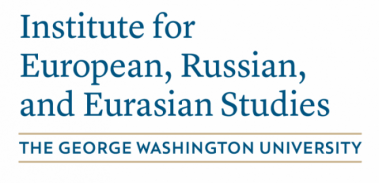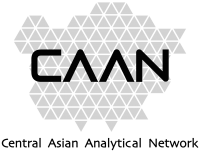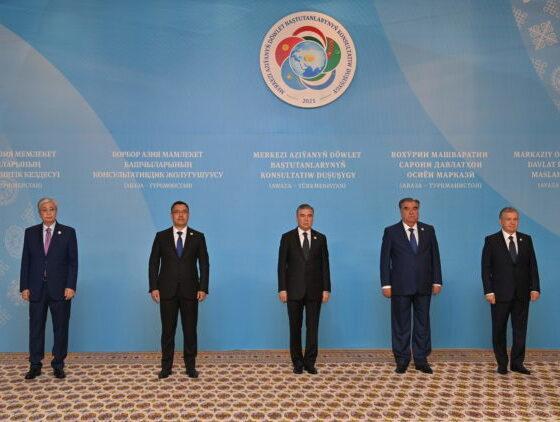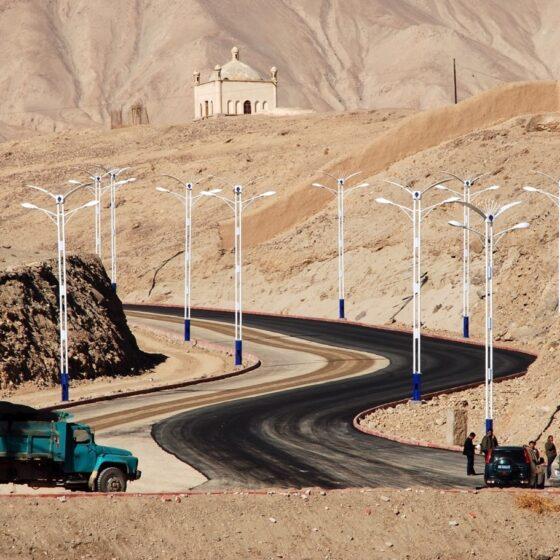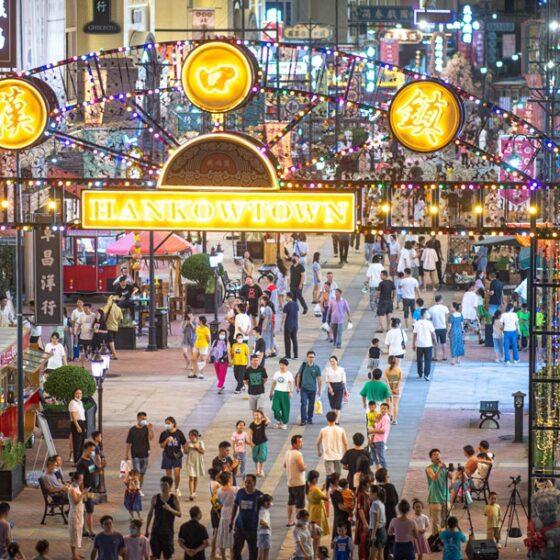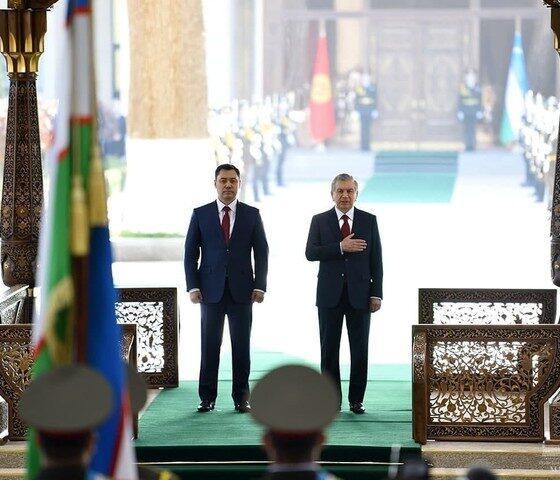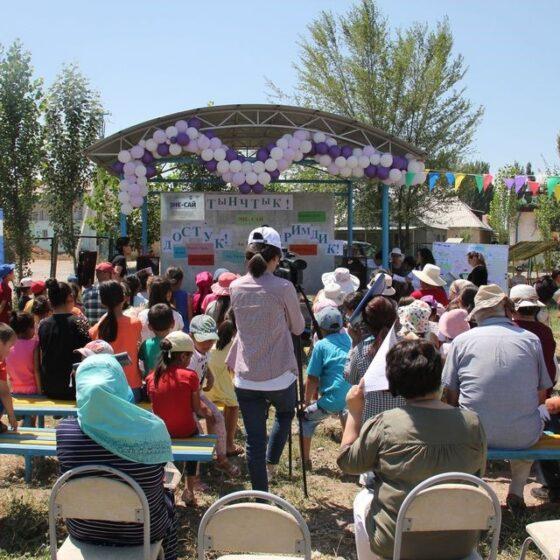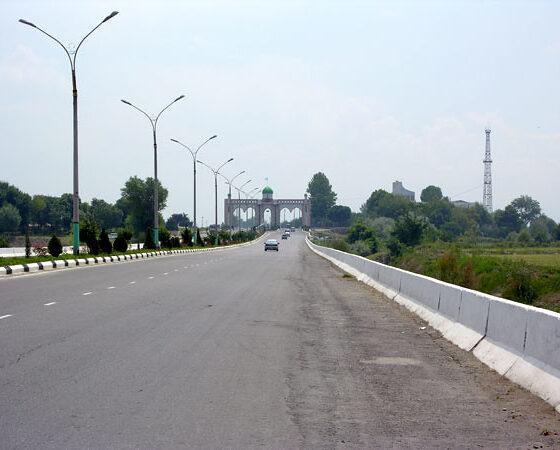Stalinism and Central Asia: Rethinking Early Soviet State Formation from the Periphery
Call for Contributions for a Special Issue of Central Asian Survey to be published in Winter 2016, guest edited
by Dr. Botakoz Kassymbekova
Stalinism has been a controversial field of enquiry for historians. Some see Stalinism as instituting
a paradigmatically modern state in the Soviet Union based on the principle of universal
citizenship and rooted in European enlightenment. Others interpret Stalinism as a neo-traditional
order which, while proclaiming modern aims, failed the basic transition to political modernity, i.e.
the transition from a personal to an institutional system of power. Such frameworks suggest
important differences in how we might understand the nature of early Soviet rule in Central Asia:
as one region within a modern state, on the one hand, or as the colony of a neo-traditional
empire on the other. So far the historical investigations have tended to limit the role played by
Central Asia in the overall Soviet project—either as a region or colony—and have privileged an
analysis of Stalin’s policies towards the region rather than practices of governance that developed
within it and in relation to it. Consequentially, they tended to ignore the crucial question of how
Stalinism as a system of political governance evolved in the Central Asian context and what that
could mean for the overall Soviet project.
The aim of the Special Issue is to integrate the Central Asian experience in our analysis of
Stalinism and to incorporate current debates on Stalinism into our understanding of early Soviet
Central Asia. Contributions are invited that explore how broader economic, governmental and
administrative policies that were carried out throughout the Soviet Union were planned,
communicated and implemented in Central Asia. The Special Issue will foreground an actorcentric
approach to understand how various agents, both Central Asian and those from the
outside, understood the Soviet project in Central Asia and beyond. It will give particular
consideration to questions of violence, for while the early Soviet regime has relied on the threat
and execution of physical violence, we know very little about the scope, dynamics and structural
bases of such violence in the Central Asian context to be able to reflect upon its role for the early
Soviet experience. More generally, the Special Issue aims to lay ground for a nuanced historical
periodization, differentiation and comparison between the immediate post-revolutionary,
Stalinist, post-Stalinist and late Soviet experiences and regimes, and their legacies for
contemporary Central Asia.
The current volume aims to address these underexplored issues. Contributions are solicited that
(1) foreground actor-centric perspectives; (2) incorporate social and institutional history in their
analysis; and/or (3) engage in theoretical reflection upon the relationship between Soviet stateformation
and physical violence. Questions that might be addressed in individual research articles
include, but are not limited to the following:
• Did Central Asians and new Soviet migrants/colonists understand themselves to be
universal Soviet citizens or as colonized/colonial subjects? Who were Soviet officials,
both at the central and local levels? What agency did they have and what were their
strategies of governance? How did communication between the peripheral party officials,
the Central Asian Bureau and Moscow take place? How should we understand purges in
Central Asia in relation to those outside of the region?
• How far did the early Soviet bureaucratic and economic modernization in Central Asia
differ from those practiced in other parts of the Soviet Union? How did programs of
urbanization, collectivization, industrialization take place in Central Asia and what did
they mean for local social and political structures and actors? Did they have peculiar
regional specificities? How were Stalinist grand mobilization projects, such as the
Ferghana Canal, the Vakhsh Valley, or the Pamir Highway realized and what role did they
play in Soviet state-building? How did Soviet Central Asian republican governments
function and what was their relationship to Moscow? How did communication, decisionmaking
and policy implementation between Moscow and republican centers and
peripheries take place?
• Should the violence that occurred during collectivization, resettlement, political purges of
cultural elites be considered colonial violence, or rather as the violence of a modern
mobilization state? What role did physical violence play in shaping the political and social
structures of Central Asia? How did experiences of violence and deprivation shape and
influence governance, social groups and individuals? What did the Stalinist “cultural
revolution” mean in people’s everyday lives?
• How was and is Stalinism interpreted, remembered and commemorated in the postStalinist
and contemporary periods in Central Asia? How do such dynamics of
memorialization compare to those occurring in Russia and other post-Soviet regions?
Paper proposals of up to 500 words and a short biographical statement of 100 words should be
sent to CASurvey@soas.ac.uk by May 15th 2015 with the subject heading ‘Stalinism and Central
Asia paper proposal’. Pending external funding, a workshop is planned for the autumn of 2015
for selected contributors to discuss pre-circulated drafts of their papers. Selected contributors will
be invited to submit a complete 8,000 word paper by December 1st 2015, which will then be
subject to peer review. Papers that successfully pass peer review are scheduled to appear in
Central Asian Survey in winter 2016.
Please direct any queries to Dr. Botakoz Kassymbekova, scientific staff member at the Forum
Transregionale Studien in Berlin, at b.kassymbekova@gmx.net
Stalinism and Central Asia: Rethinking Early Soviet State Formation from the Periphery Call for Contributions for a Special Issue of Central Asian Survey to be published in Winter 2016
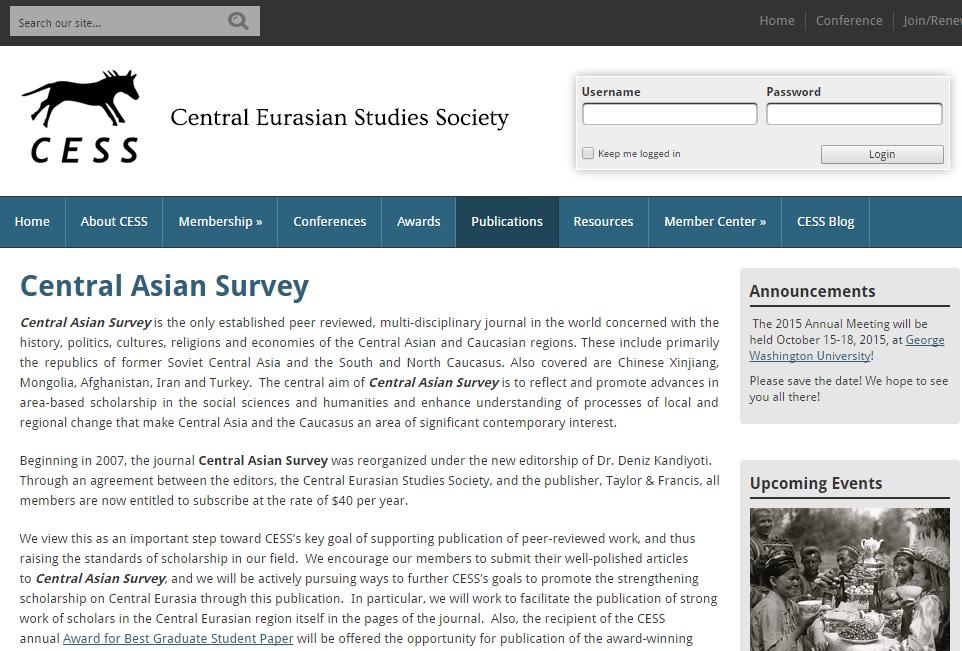
Facebook Notice for EU!
You need to login to view and post FB Comments!
